Can solar street lights be installed under high voltage lines?
As an important project in the construction of new rural areas, solar street lights are attracting more and more attention. The installation of rural road lighting street lights always encounters problems of one kind or another. Due to unreasonable road planning and various restrictions, some special situations are often encountered. Today, Solway Lighting will discuss how to deal with the problem of high-voltage line transformation when installing rural solar street lights.
Can solar street lights be installed under high-voltage lines? Generally speaking, try to avoid installing lights under high-voltage lines.
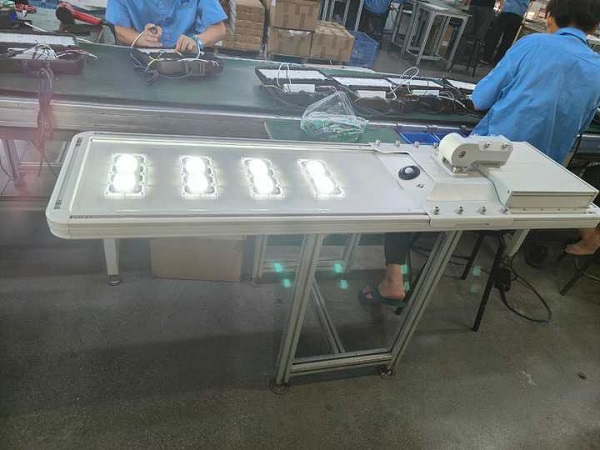
Can Solar Street Lights Be Installed Under High Voltage Lines?
The installation of solar street lights under high voltage power lines is a topic of considerable interest and concern. This article explores the feasibility, safety considerations, and best practices for installing solar street lights in proximity to high voltage lines.
Understanding the Risks and Regulations
Safety Concerns
When considering the installation of solar street lights under high voltage lines, safety is the primary concern. High voltage power lines can pose several risks, including:
Electromagnetic Interference: High voltage lines generate electromagnetic fields (EMF) that can interfere with the operation of electronic devices, including solar street light controllers and sensors.
Electrical Hazards: There is a risk of electrical shock or arcing if the solar street lights are not installed at a safe distance from the power lines. This is particularly important during maintenance or repair work.
Regulatory Compliance
Before proceeding with installation, it is essential to consult local regulations and guidelines. Many jurisdictions have specific codes regarding the placement of structures near high voltage lines, which may include:
Setback Requirements: Regulations often dictate a minimum distance that must be maintained between solar street lights and high voltage lines to ensure safety.
Permitting Process: Obtaining the necessary permits from local authorities or utility companies is crucial before installation. This process may involve site assessments and compliance checks.
Best Practices for Installation
1. Conduct a Site Assessment
Before installation, a thorough site assessment should be conducted to evaluate the following:
Distance from Power Lines: Measure the distance between the proposed installation site and the high voltage lines to ensure compliance with setback requirements.
Soil Conditions: Assess the soil conditions to determine the appropriate foundation for the solar street lights, ensuring stability and safety.
2. Use Appropriate Equipment
Selecting the right equipment is vital for safe installation:
EMF Shielding: Consider using solar street light systems that are designed with electromagnetic shielding to minimize interference from high voltage lines.
Quality Components: Ensure that all components, including solar panels, batteries, and controllers, are of high quality and rated for outdoor use to withstand environmental conditions.
3. Engage Professionals
Hiring qualified professionals for installation is essential to ensure safety and compliance:
Licensed Electricians: Engage licensed electricians who are familiar with local regulations and safety standards for working near high voltage lines.
Consult Utility Companies: Collaborate with local utility companies to ensure that the installation does not interfere with their operations and to receive guidance on safety practices.
Conclusion
While it is possible to install solar street lights under high voltage lines, careful consideration of safety, regulatory compliance, and best practices is essential. Conducting a thorough site assessment, using appropriate equipment, and engaging qualified professionals will help mitigate risks and ensure a successful installation. By adhering to these guidelines, municipalities can harness the benefits of solar street lighting while maintaining safety and compliance in proximity to high voltage power lines.
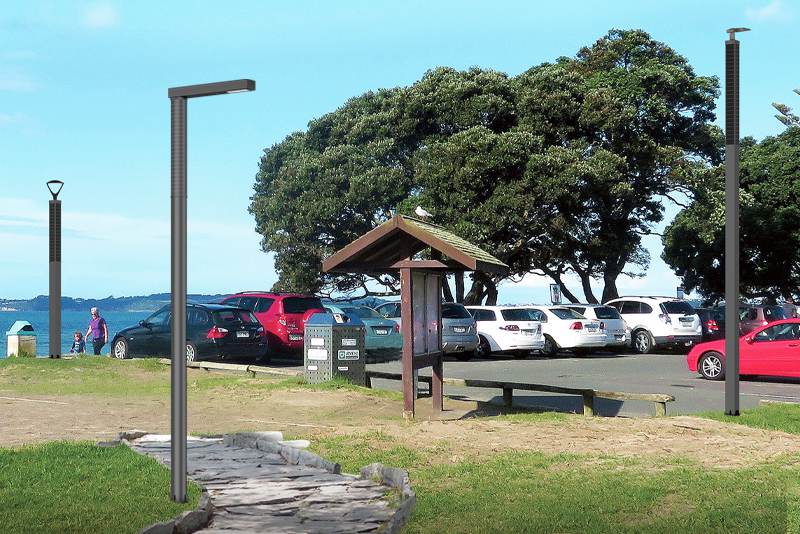
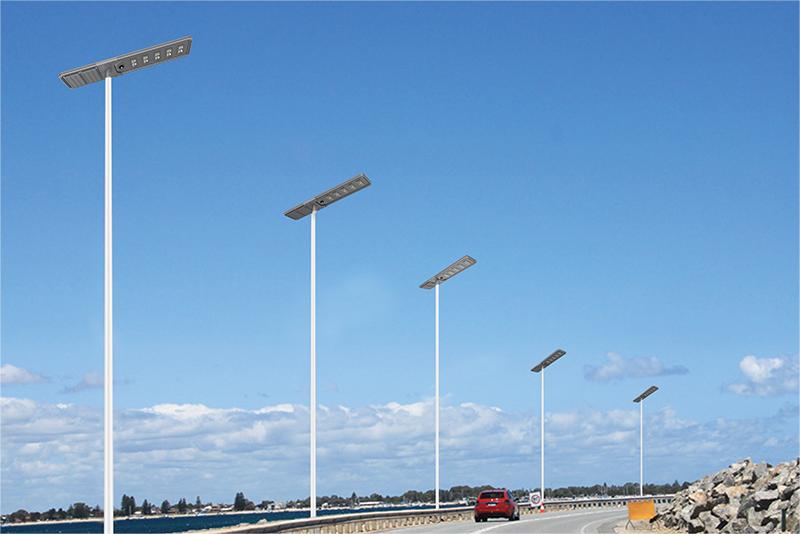
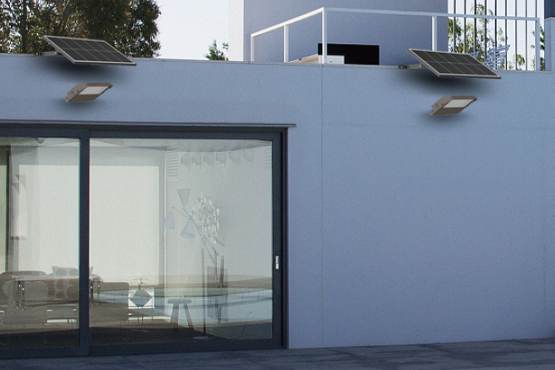
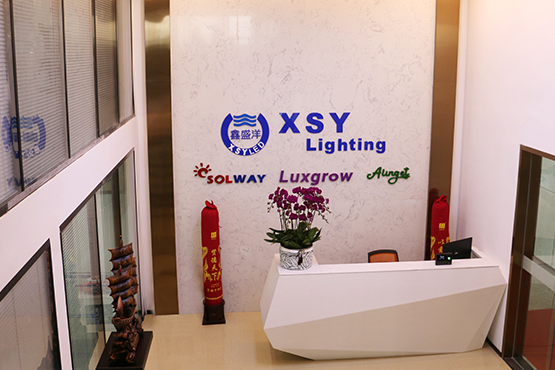


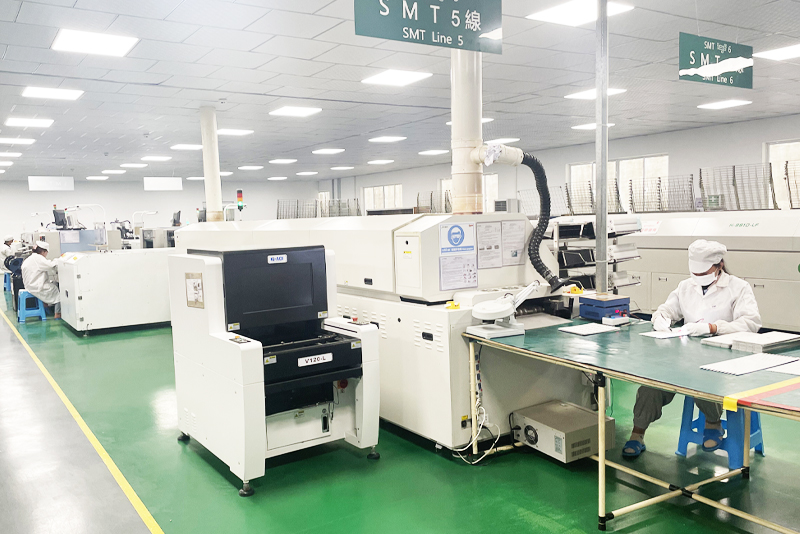
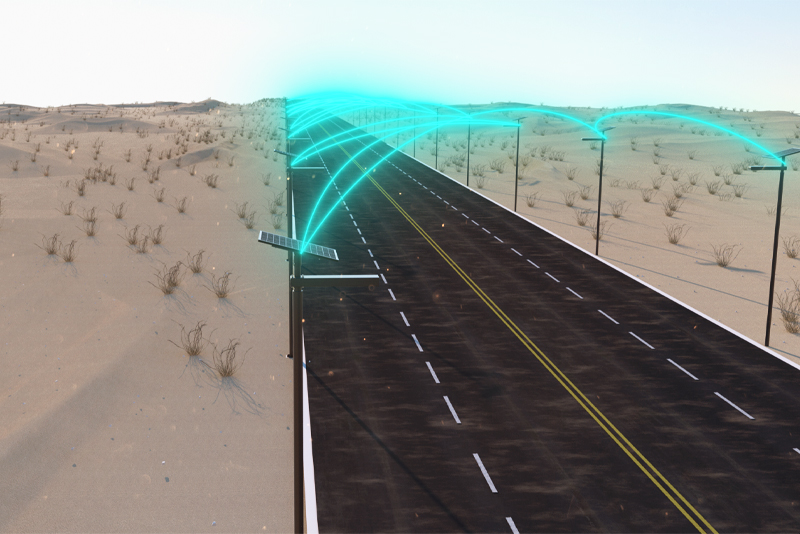
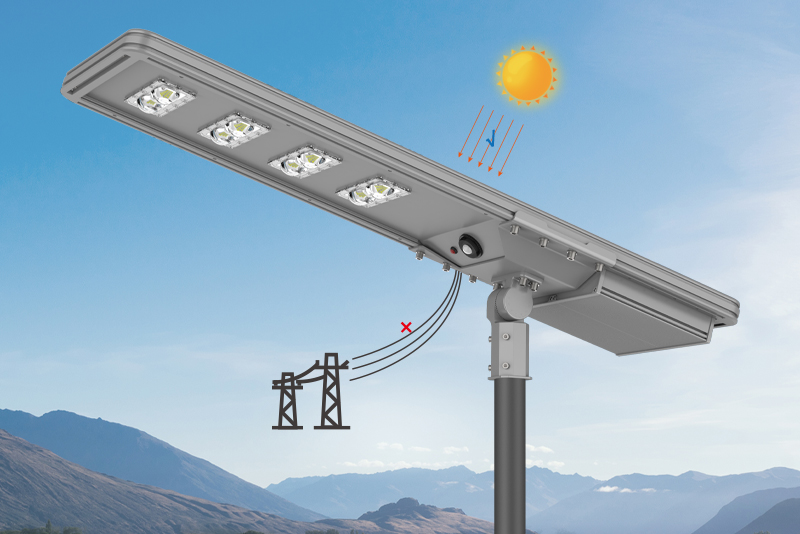
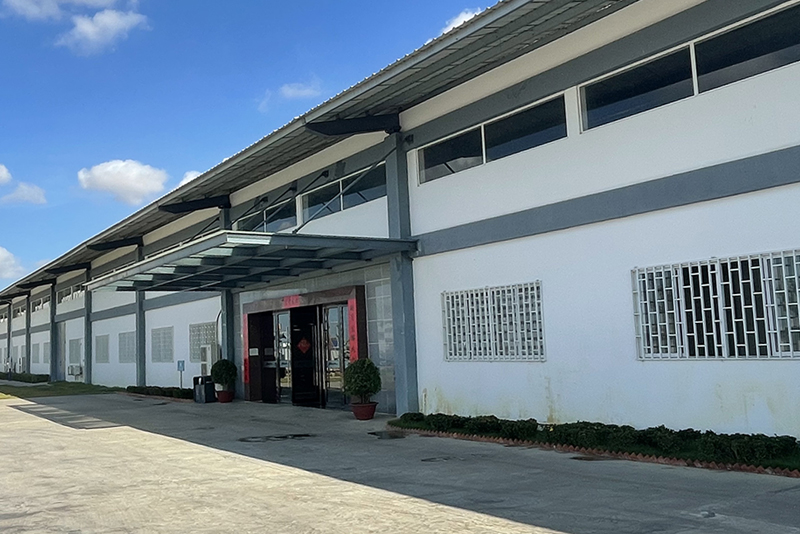
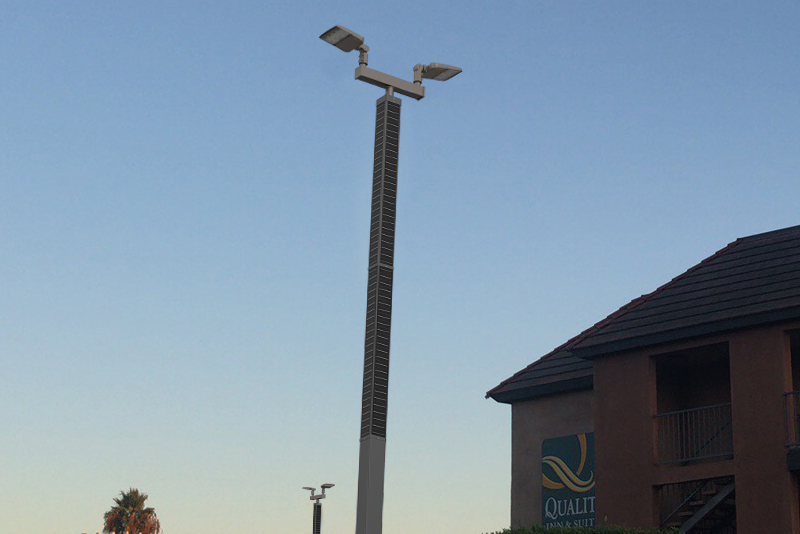
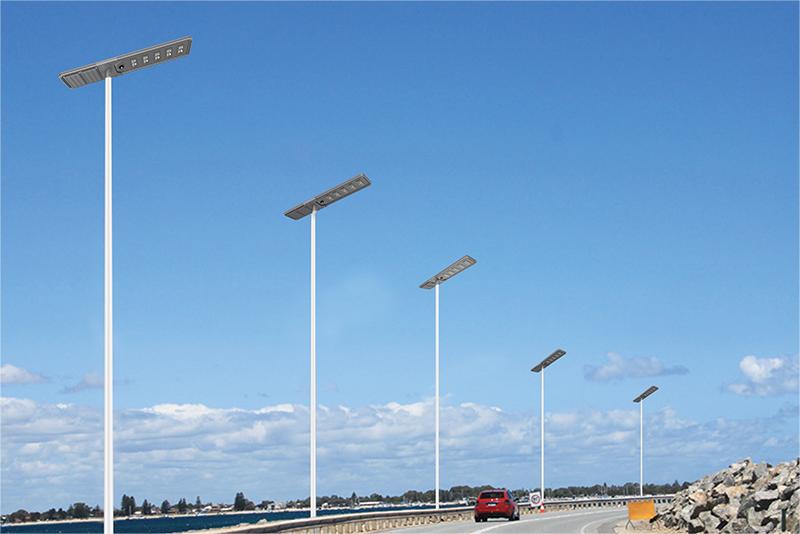
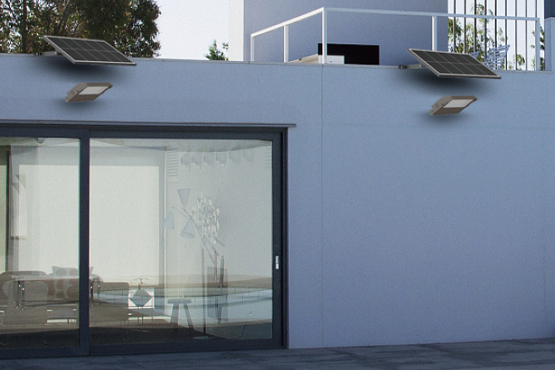






 English
English











 Scan WhatsApp
Scan WhatsApp Scan Wechat
Scan Wechat Scan WhatsApp
Scan WhatsApp Scan Wechat
Scan Wechat Consult Now
Consult Now





